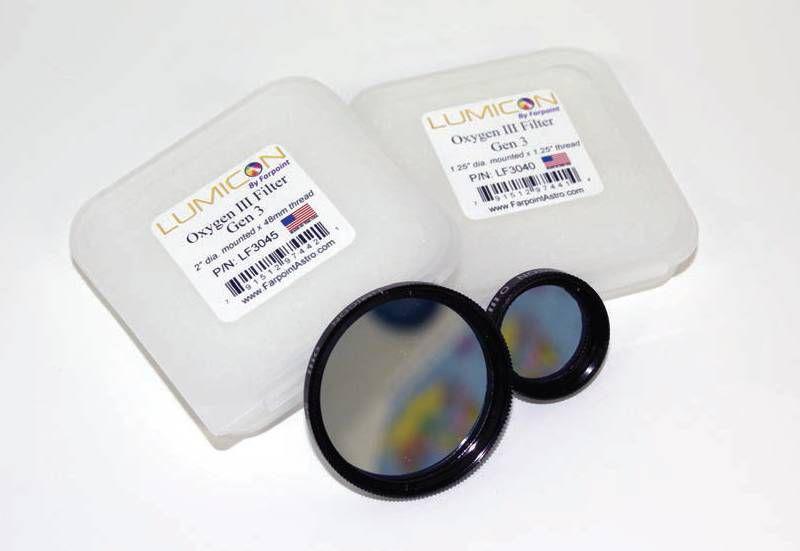Lumicon’s new oxygen III filter
Jul 10, 2019
4 minutes
by Rod Mollise

A LOT HAS CHANGED during the 50 years I’ve been observing the night sky. Much of that change has been in the equipment we use to view it with. Typical amateur telescopes are bigger and undeniably better, mounts are more precise and modern eyepiece designs make the older ones look like antiquated magnifying glasses.
For the amateur interested in viewing nebulae, however, light-pollution-reduction (LPR) filters are the innovation that’s perhaps brought the most profound change. For observers under urban and suburban skies, one of these filters can make the difference between seeing many objects and not seeing anything at all.
A standard for me has been the filters from long-time accessory
You’re reading a preview, subscribe to read more.
Start your free 30 days

